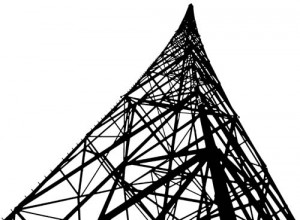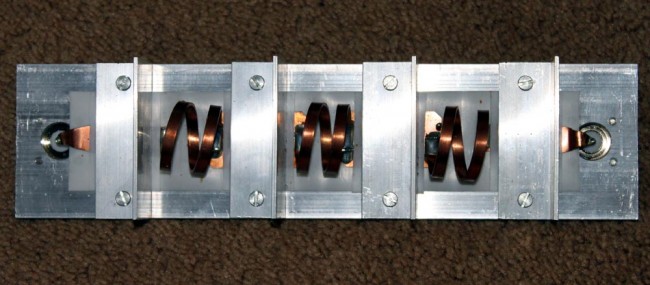I have been watching the LPFM proceedings with some interest. The FCC has not exactly promised to have a filing window by the end of 2012 but indicates that it might try to do that. In comparison to such evolutions in the past, this is moving pretty fast. Those that want an LPFM station need to start planning now. As in previous LPFM windows, the availability is for non-profit organizations only. This does not mean all hope is lost; NPR stations are all non-profits and most of them are very successful.
One of the biggest questions is: How much will it cost? Like all things, it varies greatly. If I were to put an LPFM or internet radio station on the air, there would be certain minimums, such as the use of professional audio equipment, a new antenna, and some type of redundancy.
Generally speaking, radio stations and internet stations both need some type of office/studio space. This can range from large and opulent to a closet. The costs for these would depend on the type and quantity of equipment installed, whether the equipment is new or used, the building, the area, etc. Those facilities also have monthly reoccurring costs such as rent, electricity, telephone service, internet service, etc.
Since internet radio stations and traditional terrestrial over-the-air radio would use the same type of studio equipment, those costs will be similar. Here is a breakdown of the studio equipment:
| Nomenclature | Cost new (USD) | Cost used (USD) | Comments |
| 12 Channel professional audio console | $6,000.00 | $2,500.00 | Used for call-in/on air |
| Studio Furniture | $5,500.00 | $1,000.00 | Can also be fabricated locally |
| Microphones, RE-20 or SM-7B | $250-350 | $100-150 | Per unit, several required |
| Monitor Amp | $250.00 | $100.00 | Can also use consumer version |
| Monitor speakers | $500.00 | $200.00 | Can also use consumer version |
| CD Player | $500.00 | $200.00 | Professional unit with balanced outs |
| Computer w/ professional sound card | $1,500.00 | $500.00 | For automation and sound file storage |
| Computer, general use | $700.00 | $300.00 | General information web browsing |
| Computer, Streaming w/sound card | $900.00 | $400.00 | Sound card should be good quality |
| Studio Telephone system | $1,900.00 | $300.00 | Used for call in/on air |
| Barix remote box | $240.00 (x2) | N/A | Used for IP remote broadcasts |
| Comrex Matrix POTS codec | $3,200.00 | $700.00 | Used for telephone line remote broadcasts |
| Misc wiring, hardware, ect | $1,000.00 | $800.00 | Connectors, mic booms, wire, etc |
| Total | $21,780.00 | $7,930.00 |
Some equipment is not available used such as Barix boxes. Of course, not all of this is required for a radio station, however, most local radio stations would want the capability to do remote broadcasts, take phone callers on the air, have multiple guests in the studio, etc.
For a traditional LPFM station, the transmitting equipment would entail:
| Nomenclature | Cost New (USD) | Cost Used (USD) | Comments |
| 300 watt transmitter and exciter | 4,400.00 | 2,000.00 | Smaller transmitters with higher gain antennas can also be used |
| 2 Bay ½ wave spaced antenna | $1,900.00 | $700.00 | |
| 125 feet ½ inch coax | $350.00 | N/A | |
| 100 foot guyed tower and installation | $4,000.00 | $3,500.00 | Not needed if station is on tall building or leased site |
| STL; IP radio w/ barix boxes | $850.00 | In lieu of standard 950 MHz STL | |
| STL standard 950 MHZ | $6,500.00 | $3,500.00 | Used in lieu of IP STL |
| STL antennas, transmission line | $2,500.00 | $1,500.00 | |
| FM Processor | $10,000.00 | $1,200.00 | Can also use software such as Breakaway Broadcast |
| Misc connectors, grounding kits, etc | $1,100.00 | N/A | |
| EAS unit | $1,900.00 | N/A | Fully operational CAP compliant |
| Processing software, Breakway broadcast | $200.00 | N/A | In lieu of standard FM processor |
| Total | $12-24K | $8-12K |
This is a generic station, most will be somewhat different due to antenna supporting structures, transmitter powers and antenna types. For the best possible signal, a circularly polarized antenna should be used. A two bay, 1/2 wave spaced antenna will give the maximum signal density, while minimizing downward and upward radiation. The upward radiation is simply wasted energy, as no one in space is listening to FM radio. The downward radiation reduction is key if located in congested areas.
For internet radio station, the following would be required:
| Nomenclature | Cost New IUSD) | Cost Used (USD) | Comments |
| Streaming Server | 2,100.00 | 1,100.00 | Includes professional sound card |
| Audio processing software | 200.00 | N/A | Recommend software such as Breakaway Broadcast |
| Audio Processing, outboard hardware | 650.00 | 400.00 | In lieu of software |
| Audio Streaming aggregator | 1,200 to 2,400 | N/A | Annually |
While LPFM’s are much more expensive than internet only stations, LPFM’s have the advantage of built in marketing, which is the on air signal. If it is broadcasting on the air, word will get out. On the internet, some other type of marketing will be needed to spread the word. Also, LPFM’s should also be streaming, which would incur the same costs above.
The long and short of it is, to put a technically viable LPFM on the air is not an inexpensive proposition. It is worth the effort, however, because the advantages of an LPFM over an internet only station are great.




